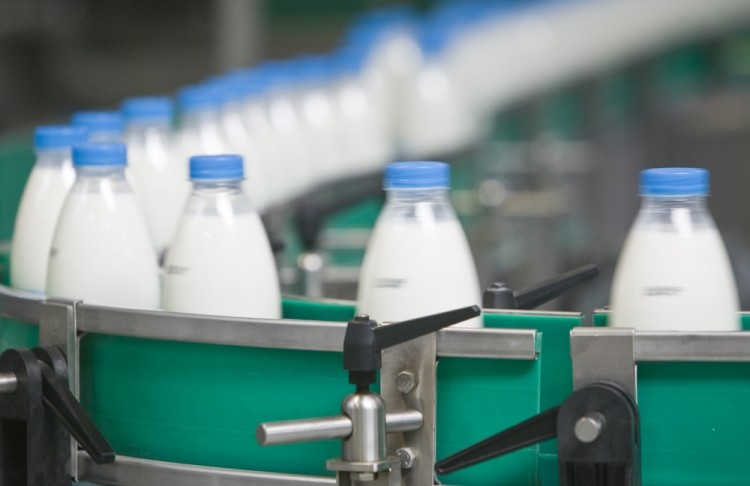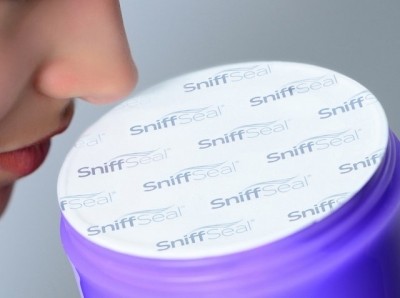Guest column
Effective sealing to STAMP out contamination in dairy

High temperatures and pressures are key markers of oil and gas exploration and production, with chemical processing facilities exposing elastomer seals to highly aggressive chemical compounds – all of which can have significant impacts on the lifetime and performance of these seals.
In dairy production, the degradation of a sealing element can greatly increase the risk of contamination.
By following the STAMPS method, we’re able to minimize this hygiene risk to dairy produce by ensuring the safest possible process lines.
STAMPS is a helpful mnemonic for the six key considerations we need to make when sealing for dairy process applications.
Size Create detailed drawings of the seal area and surrounding interfaces.
Temperature Determine all the temperature parameters for the seal, from minimums and maximums through to typical running temperatures and thermal cycling.
Application Confirm the type of dairy process equipment being sealed, and the expected movement the seal will face. You’ll also need to establish the cause of any previous seal failures on the application, and how frequently they occur.
Media Identify what your seal will be coming into contact with in a dairy process line (Hint – it’s not just milk) Which chemicals are you cleaning and sterilizing your equipment with, and how often?
Pressure Does your dairy process line operate under any notable running pressures? And how about pressure cycling? Consider whether you need a more robust sealing material which is up to the challenge.
Speed How fast will your seals be moving in the assembly? Surface contact speeds, shaft speeds and diameters are all critical measures in specifying the proper sealing material.
There are specialist sealing engineers who can guide you through this checklist and ensure that for any dairy application, you select the optimal combination of seal profile and seal material to deliver reliable hygienic sealing performance.
Paying closer attention to your seals will give better protection against contamination for your consumers, increase your maintenance windows and reduce your cost of ownership. If you’ve not applied STAMPS to your process line, there’s no better time to start.
Russ Pimblett is the business development manager at FTL Technology and specializes in sealing solutions for dairy process equipment.









